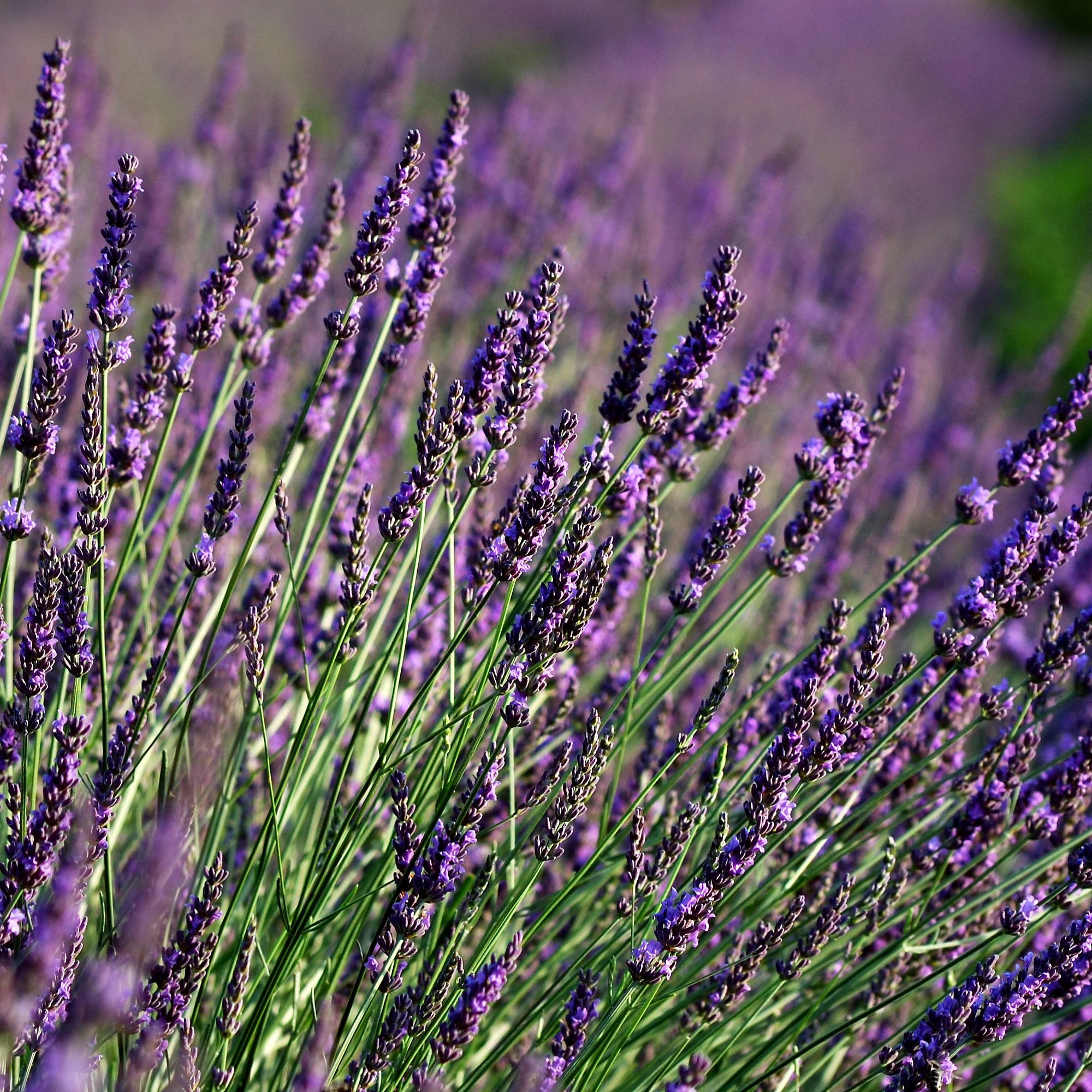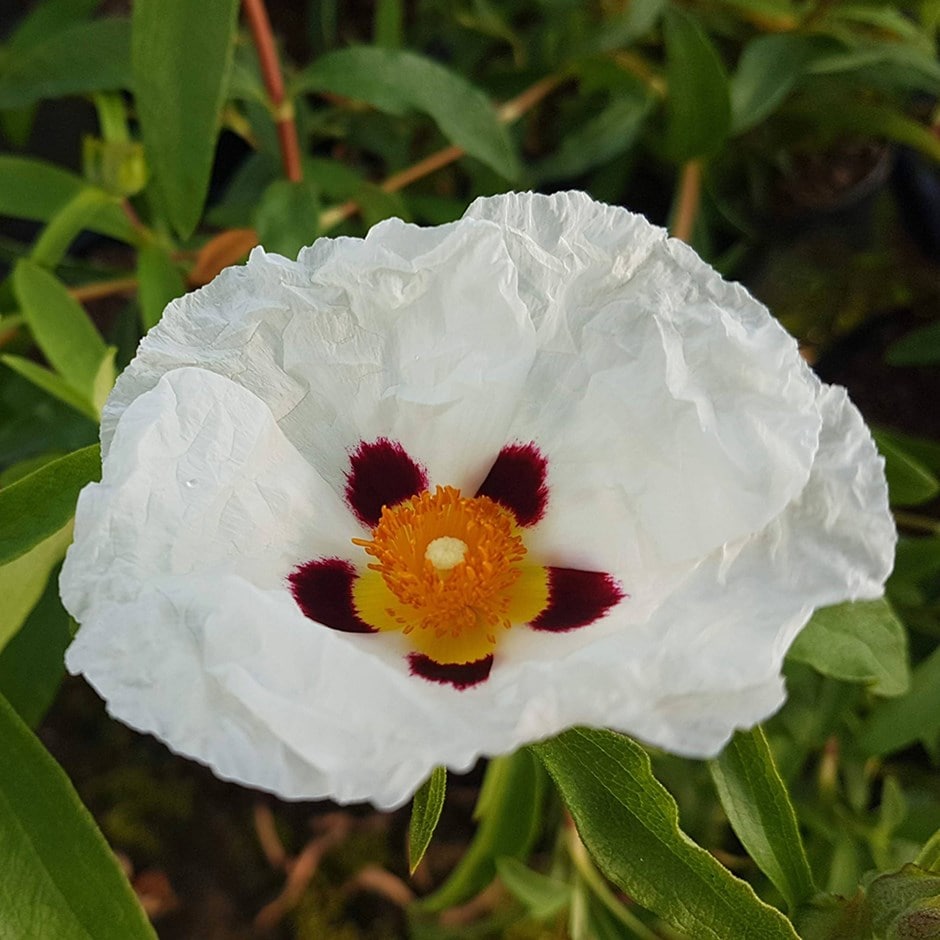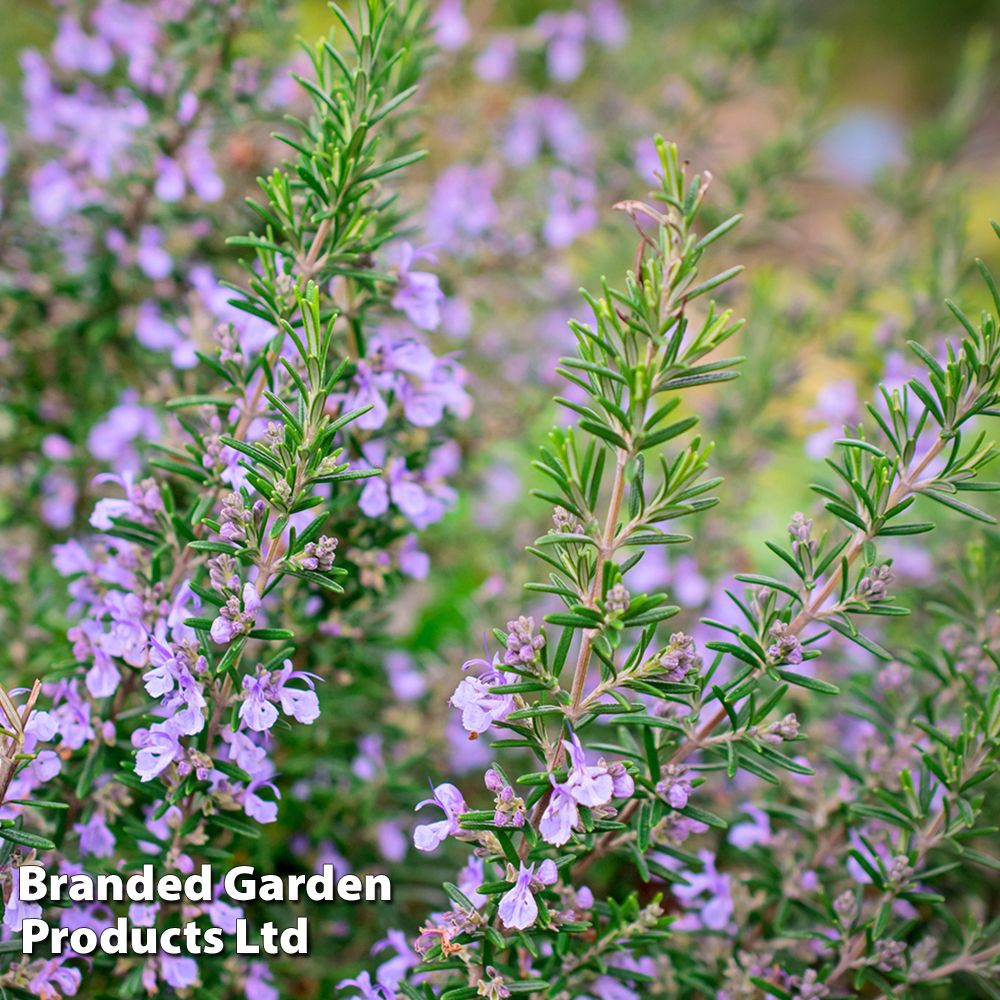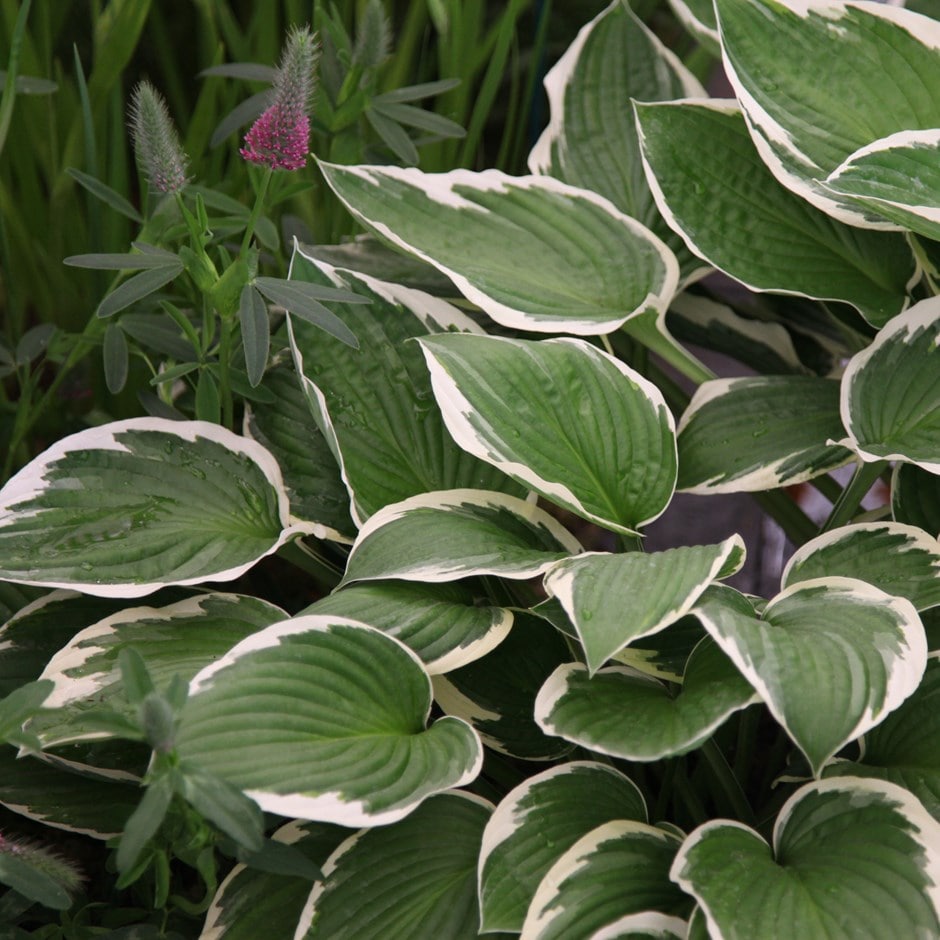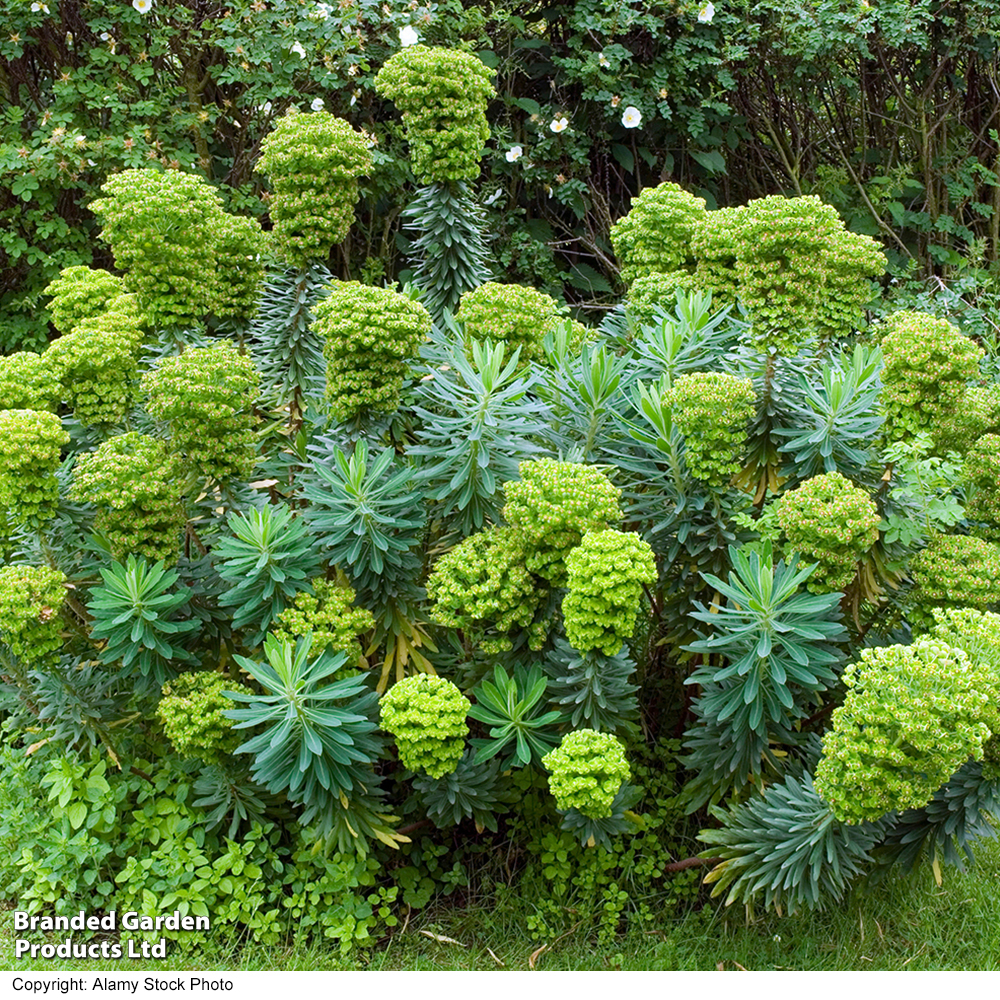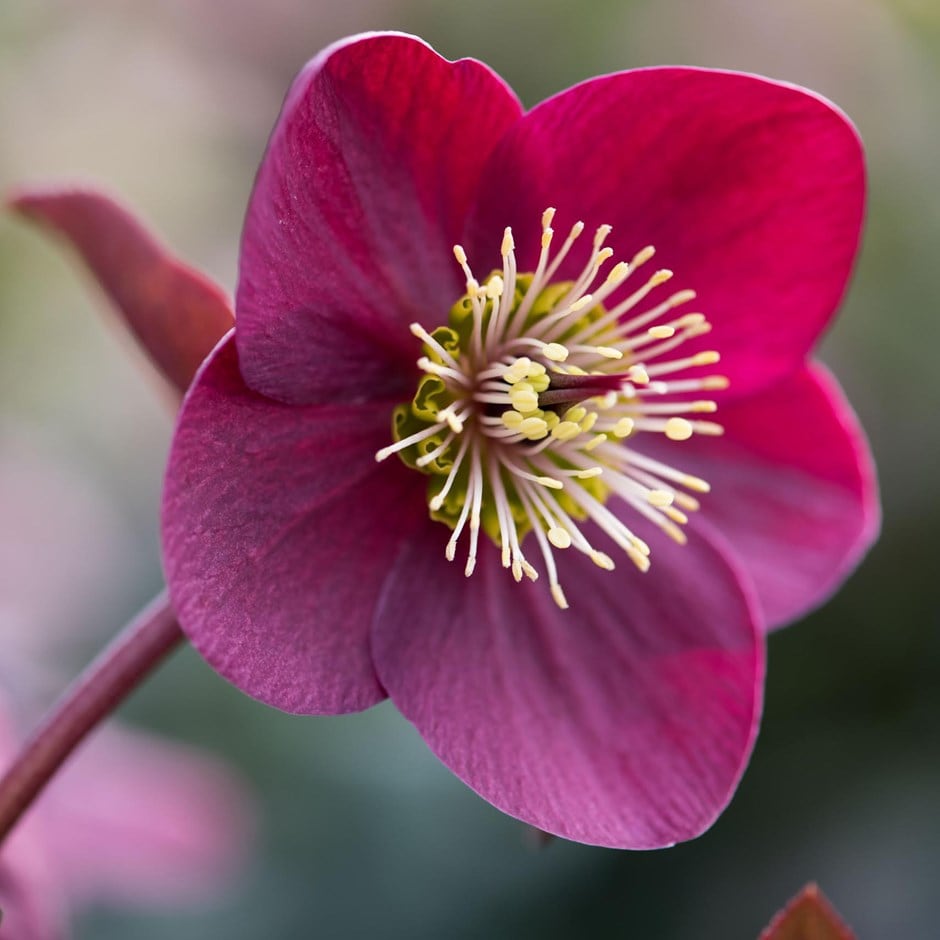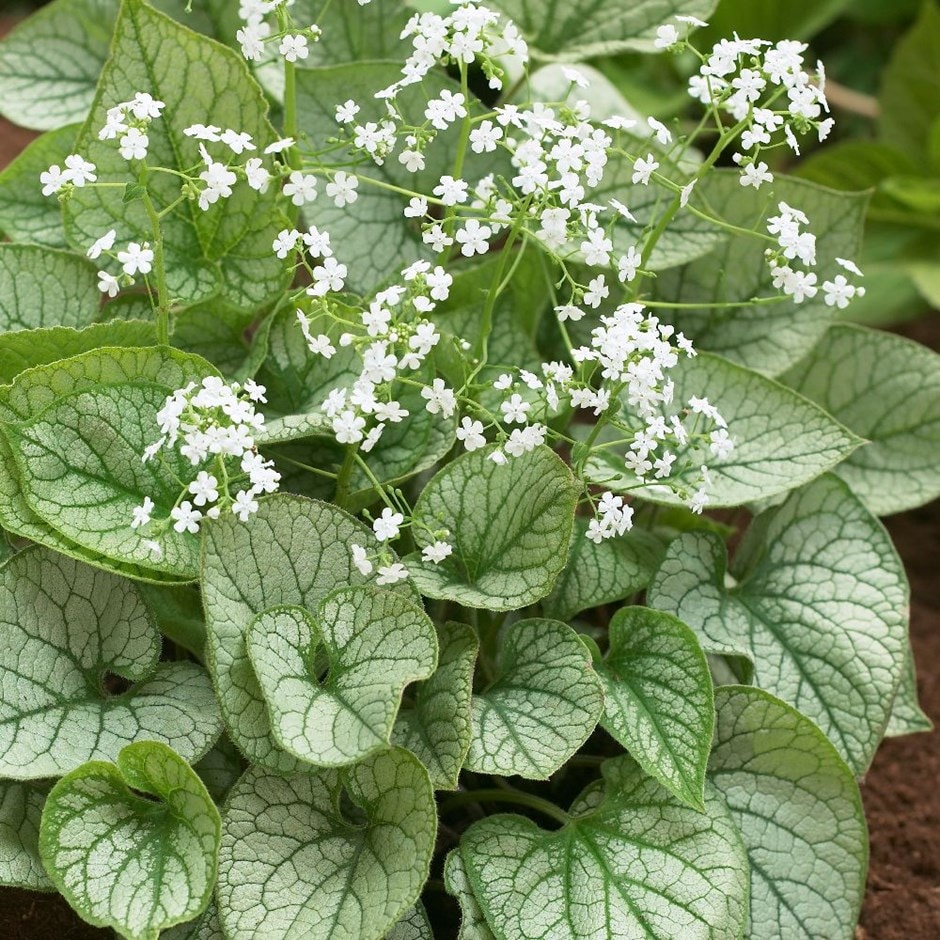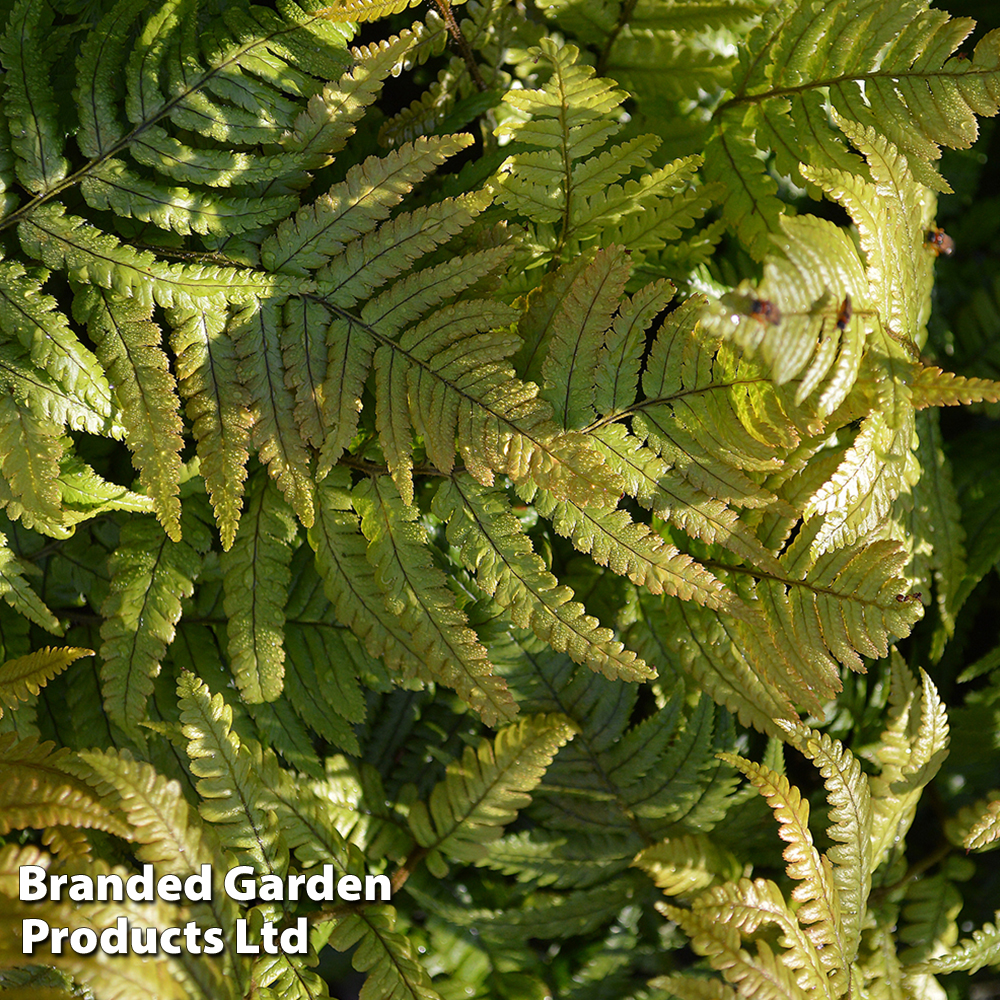This is what every type of garden shade means, from full sun to deep shade, to help you work out what will grow best in your garden
Time to decode those plant labels!

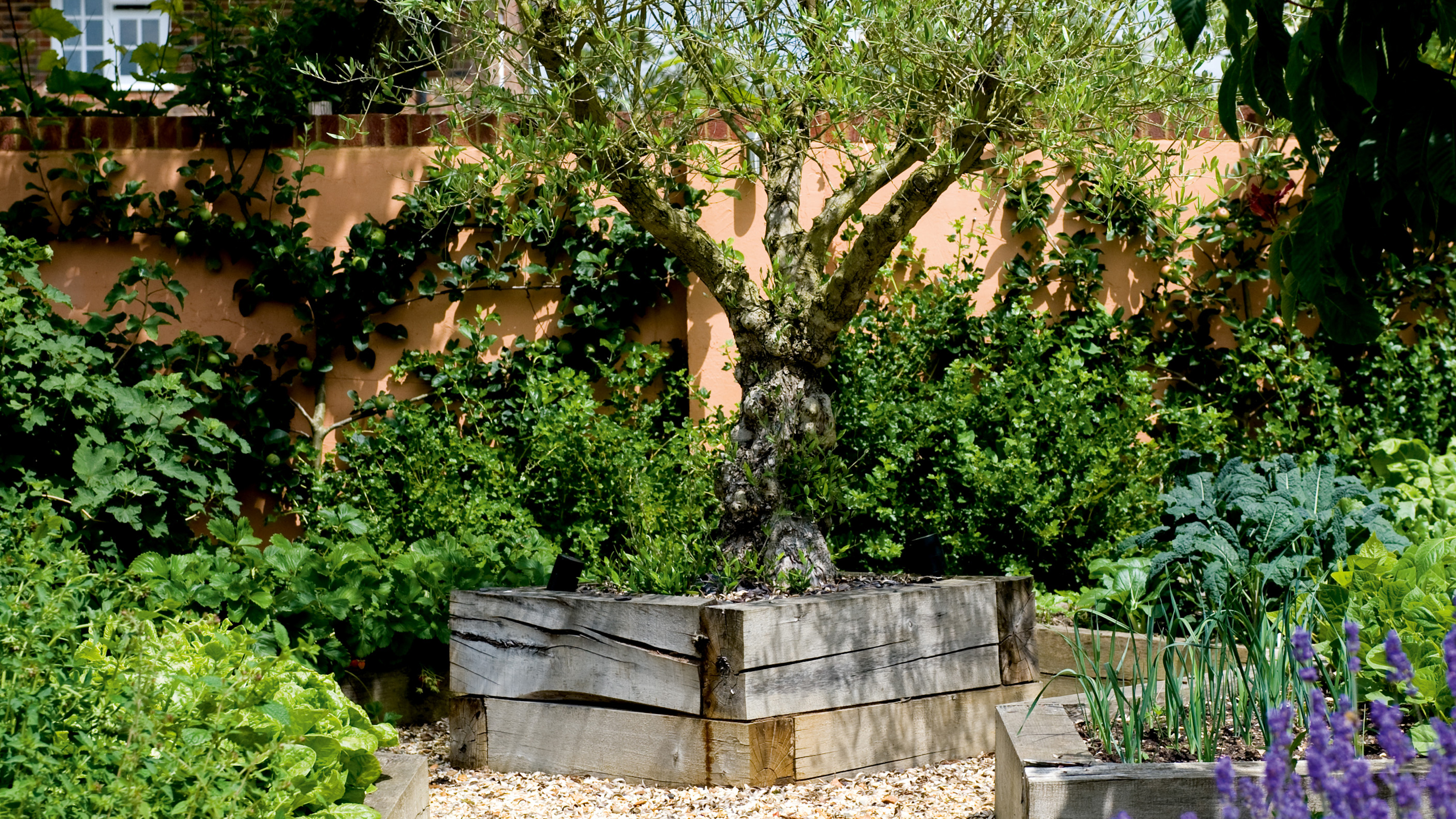
Light shade, dappled shade, heavy shade… we’ve all read them on the back of plant labels, but it can be tricky to pinpoint what each of them means.
In the spirit of gardening know-how, I thought I’d put together a guide to the types of garden shade you’ll encounter when you’re shopping for plants. Shade plays a pivotal role in what will flourish best in your garden, whether you’re choosing plants for your garden border ideas or you’re looking for flower bed ideas.
With the help of a few trusted garden experts, I’ve broken down each type of garden shade, covering how much sun each spot gets, how the shade affects plant care, and which plants you can expect to thrive there.
1. Full sun
Before we delve into each of the shade definitions, I thought I’d start by covering the full sun plant preference. As the label suggests, plants that require full sun are partial to plenty of sunshine – but how much do they need each day?
‘This is the brightest part of the garden, even on cloudy days, and gets six or more hours of direct sunlight,’ explains David Fryer, head of technical at Mr Fothergill’s. ‘South-facing gardens typically enjoy the most exposure as the sun moves from east to west.’

Usually, Mediterranean plants like rosemary and lavender thrive best in full sun. That’s because they’re drought-tolerant and can cope with warmer, drier conditions. There are plenty of shrubs that love full sun, too. For younger plants, though, you’ll need to adjust your watering regime.
‘The intense heat and dryness can stress young plants, so they’ll need more care and regular watering,’ says David. ‘Once established, they’ll cope better, but the soil will benefit from added organic matter and bark mulch to hold in moisture.’
Sign up to our newsletter for style inspiration, real homes, project and garden advice and shopping know-how
Where to buy plants for full sun:
2. Light shade
If you’ve got an enclosed courtyard garden or a small garden that’s surrounded by walls or fences, plants that like light shade will often do best here.
‘Light shade areas are open to the sky but don’t receive direct sunlight,’ explains David. ‘These spaces feel bright and airy, even without sun.’
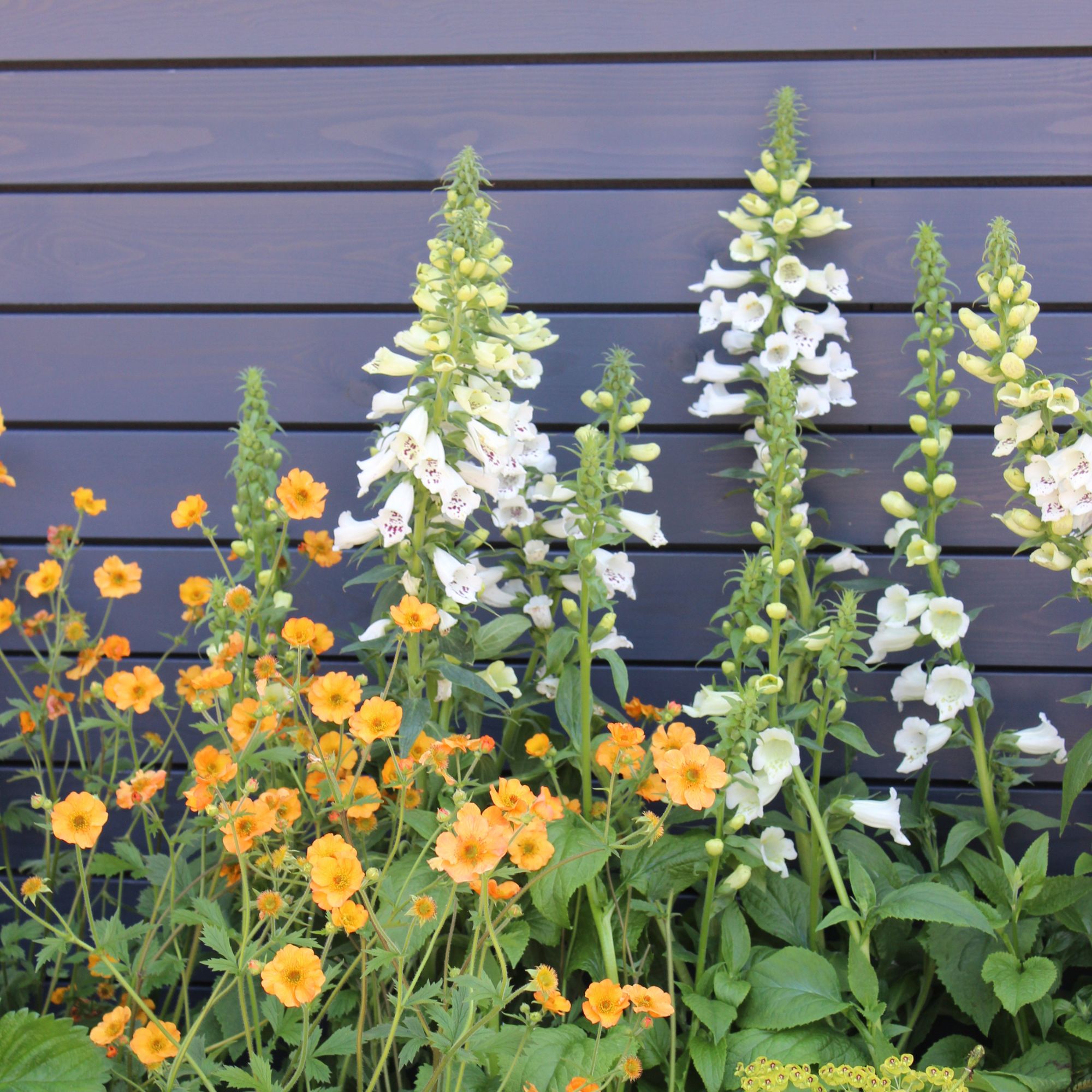
I asked David which plants are most keen on light shade.
‘Plants with attractive foliage, such as hostas, ferns and heuchera, do well in light shade, along with flowering favourites like foxgloves, hydrangeas and camellias,’ he says. There are plenty of low-maintenance ferns for shade to choose from.
Light shade areas can dish up one common problem, though: dry soil.
‘Not all light shade is moist,’ David explains. ‘Dryness is common near walls or thirsty hedges. In drier spots, avoid larger-leaved hostas and opt for more drought-tolerant choices, like hellebores and euphorbia.’
Shop plants for light shade:
3. Partial shade
This is where things get a little murky – partial shade and light shade sound like the same thing, but actually, there’s a big difference.
Whereas light shade refers to indirect sunlight, plants that thrive in partial shade need a certain amount of direct sunlight each day.
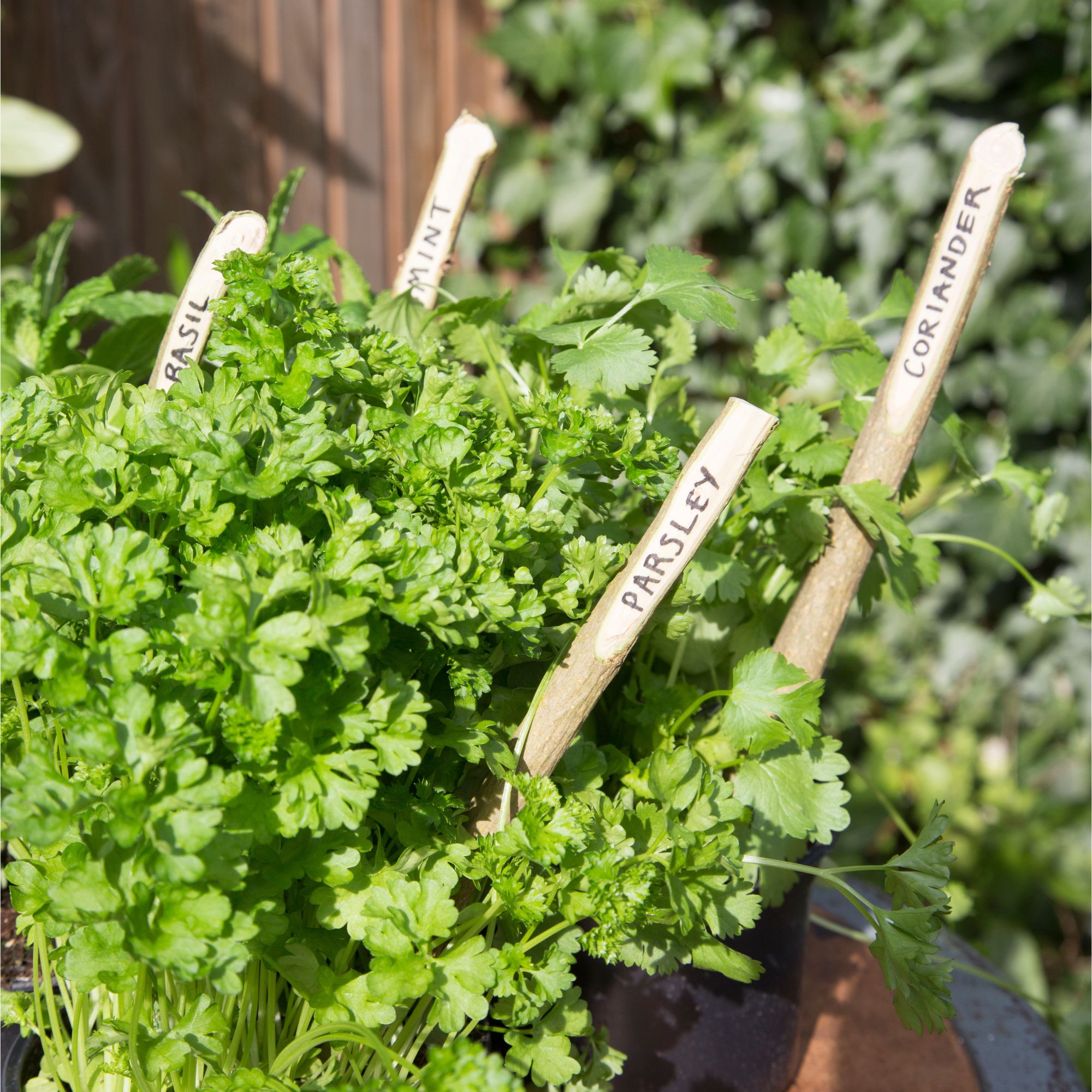
‘Aim for at least three to four hours of sun a day for partial shade crops,’ says Kate Cotterill, co-founder of She Grows Veg.
That’s why partial shade is a step down from full sun – it offers some direct sunlight, but not all day. You’ll find that east- and west-facing gardens often provide this type of garden shade.
Kate says herbs like parsley, coriander, mint and chives thrive in partial shade.
4. Dappled shade
Another vague garden shade term! This one refers to shade created by trees.
‘This soft, patterned light is filtered through deciduous trees, shifting gently with the movement of leaves,’ says David. ‘The sun still shines above but is diffused by the canopy, creating a beautifully ambient space.’
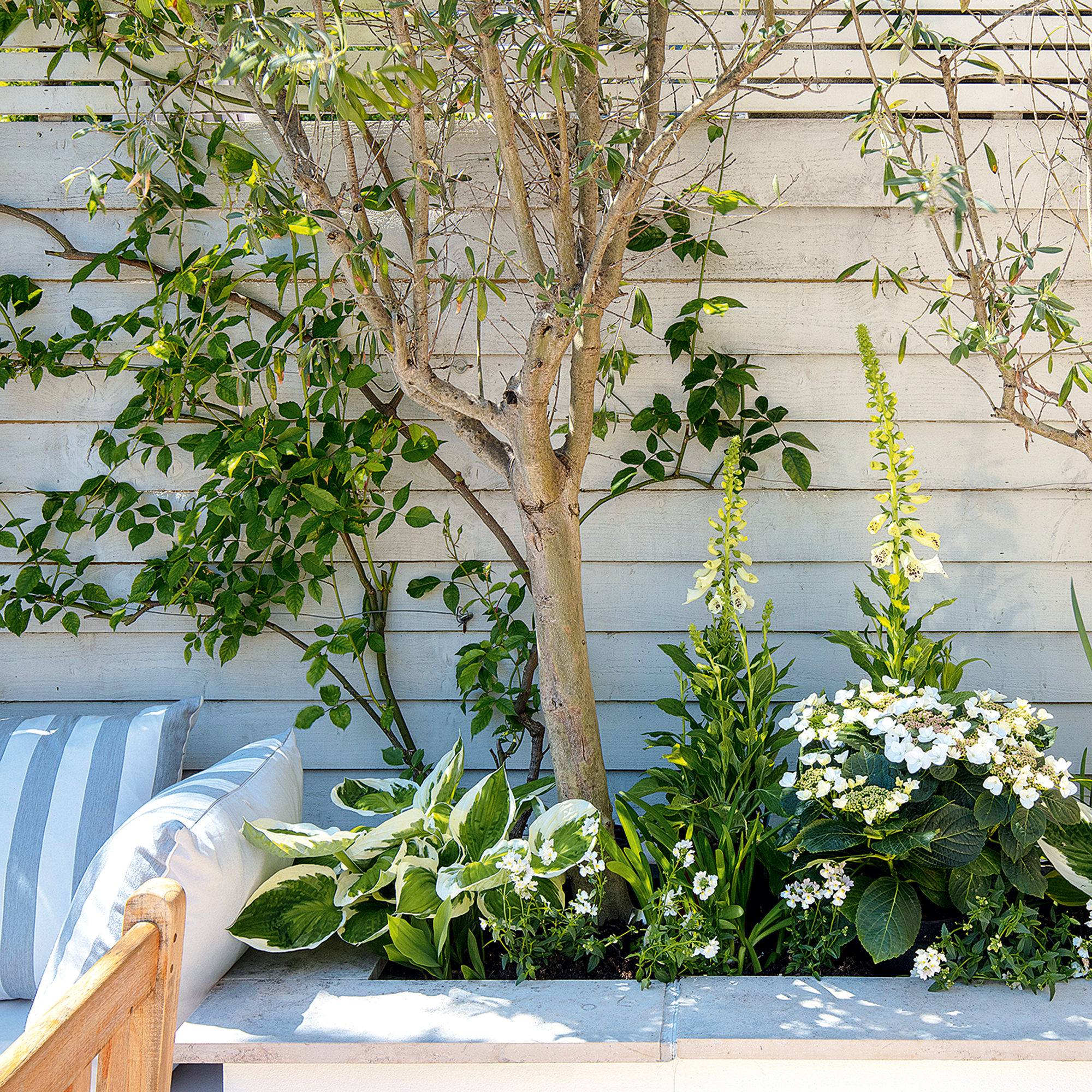
Plants that are vulnerable to sun scorch in direct sunlight grow best in dappled shade. Think flowering bulbs like bluebells, which thrive in woodlands.
You can even create your own dappled shade with a bit of planting know-how. ‘Plant deciduous trees on the south or west side of your garden, or use smaller trees to develop localised canopies, then adjust the light with pruning,’ David suggests.
5. Moderate shade
Things are getting a little gloomier now. Moderate shade does exactly what it says on the tin: it provides plants with a middling amount of shade, and a lot less sunlight than the other types of garden shade on this list.

‘If a spot gets just two to three hours of direct midsummer sunlight, it's classed as moderate shade,’ says David. ‘Many plants will still grow well, though some flowering varieties may not bloom as fully.’
So, what plants will do well? David says hardy fuchsias, lobelia and evergreen shrubs like spotted laurel are brilliant choices if you’re working with moderate shade in the garden.
You can pick up a Japanese spotted laurel 'Crotonifolia' plant at Crocus from £18.74.
6. Deep shade
Finally, we have deep shade, also known as full or heavy shade. This often applies to north-facing gardens, particularly at the base of walls, or under thick tree canopies.
‘Less than two hours of direct sunlight is considered deep shade,’ says David. ‘Light is very limited, but there are still plenty of plant options. Many are adapted to capture far-red wavelengths of light for photosynthesis that full-sun plants can’t process effectively.’
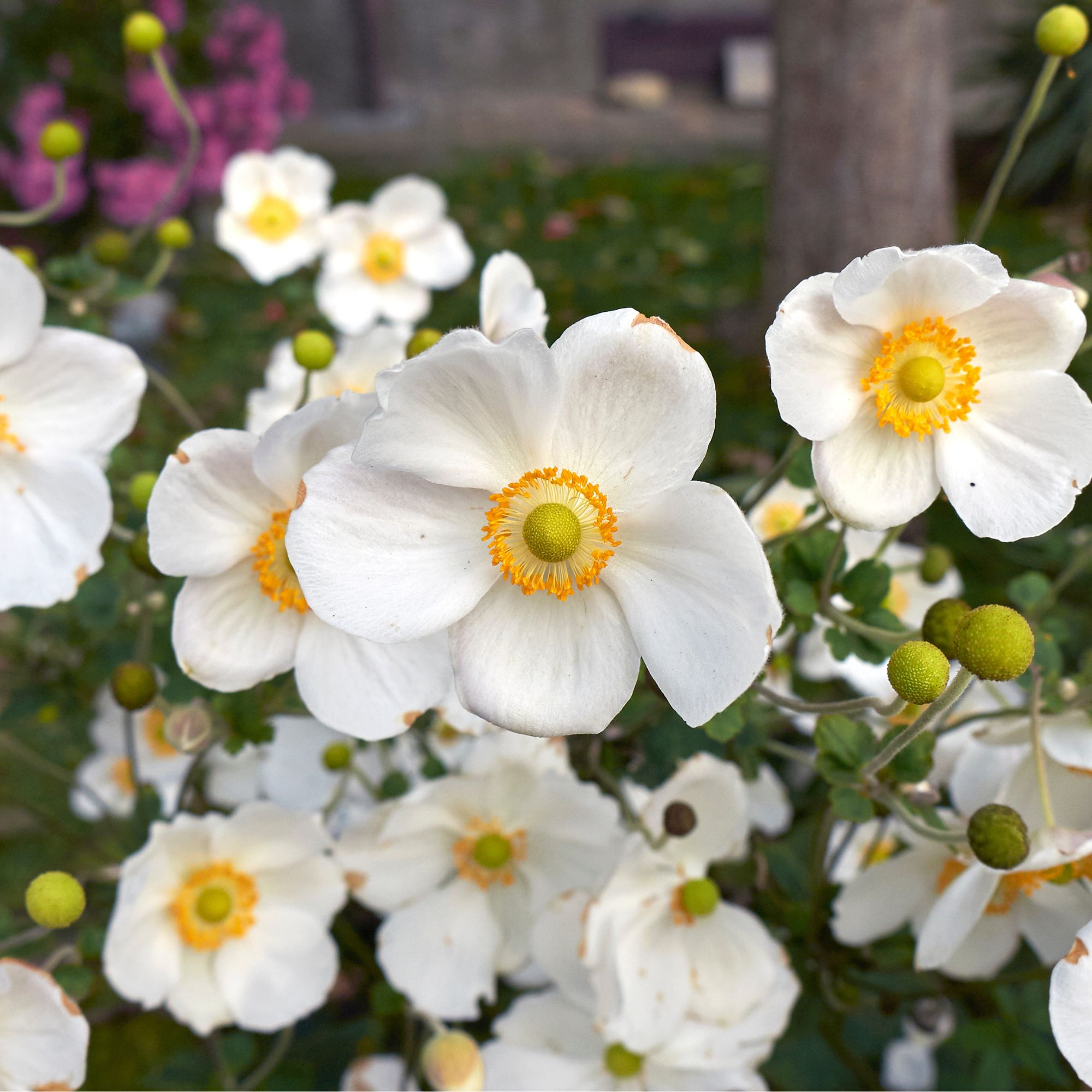
If you’re wondering what you can plant in deep shade, there are plenty of shade-loving plants for pots, and even some vegetables that grow in shade.
David recommends Brunnera macrophylla and heucheras among ferns and climbers like clematis. There’s generally less choice of flowering plants, but there are a few that can still brighten up a heavily shaded space.
‘Lift the shade with white blooms, like spring anemones,’ David suggests.
Where to buy plants for deep shade
Now you know what every type of garden shade means, you can start gardening more strategically!

Sophie joined the Ideal Home team as Gardens Editor in June 2024. After studying English at Royal Holloway, University of London, she began writing for Grow Your Own, which spurred on her love of gardening. She's tried growing almost every vegetable under the sun, and has a soft spot for roses and dinnerplate dahlias.
As Gardens Editor, Sophie's always on the lookout for the latest garden trend. She loves sharing growing hacks for every space, from herbaceous borders to balconies.
